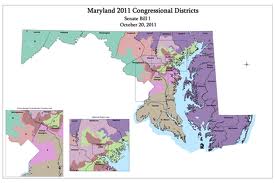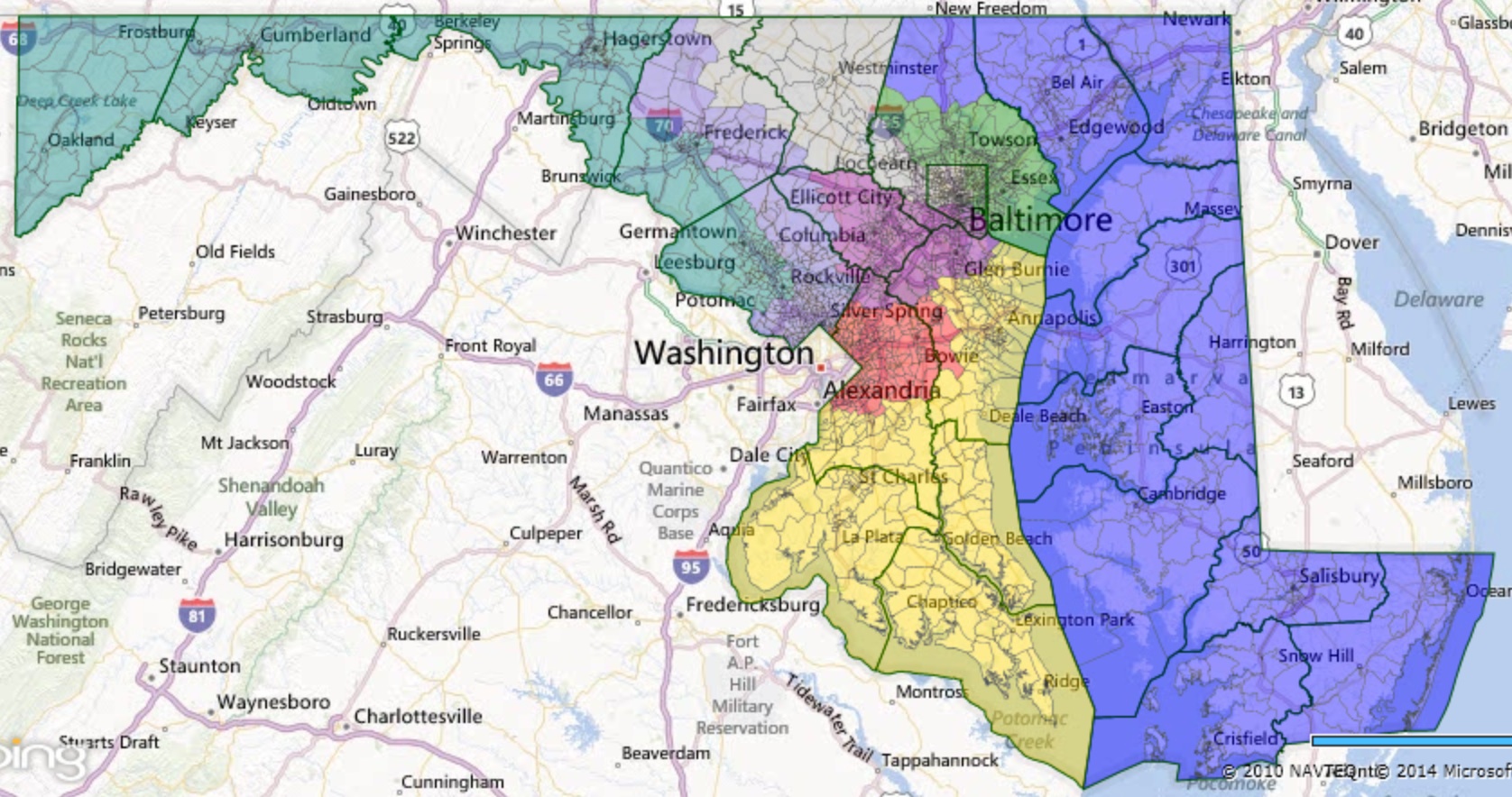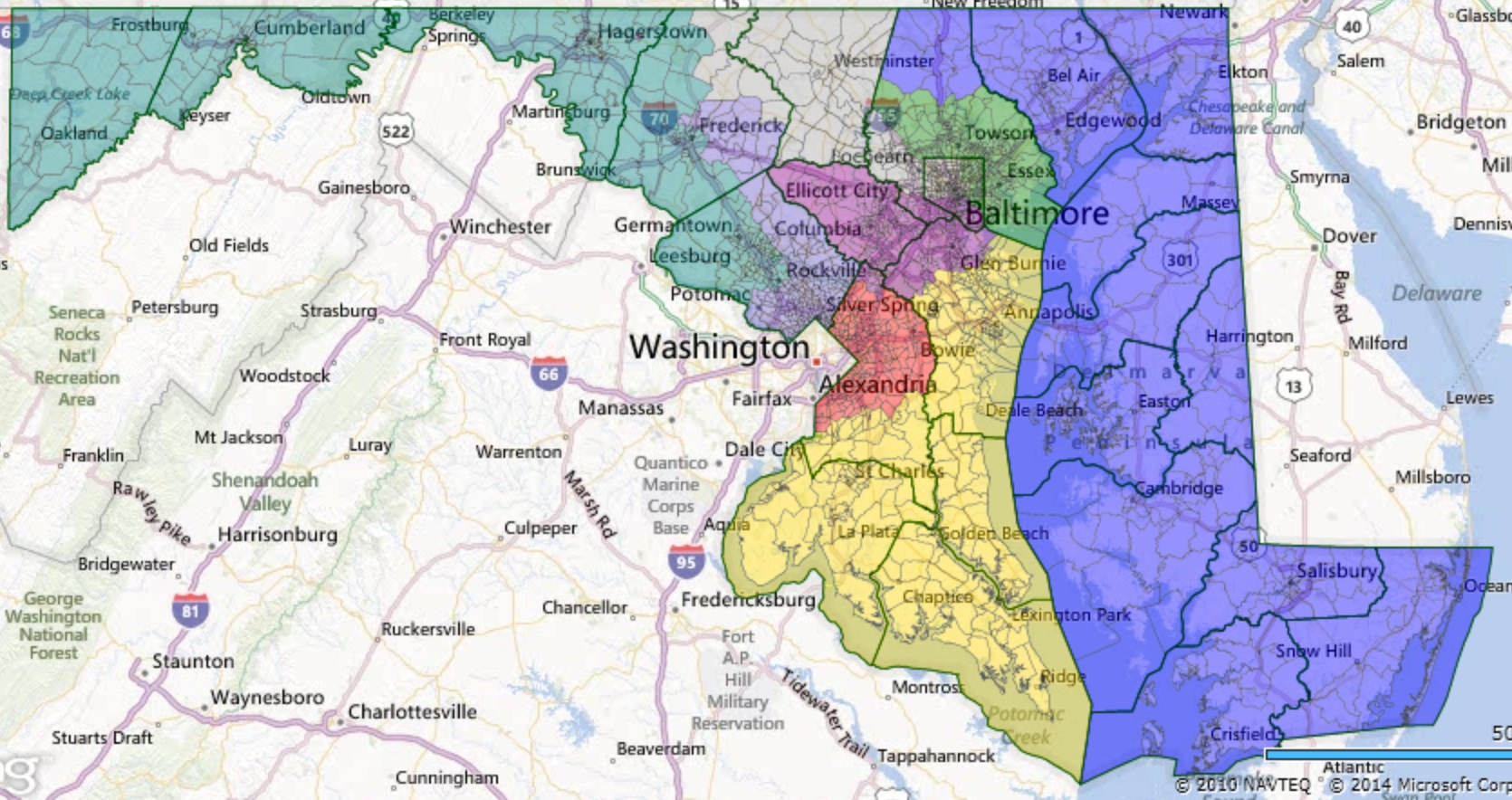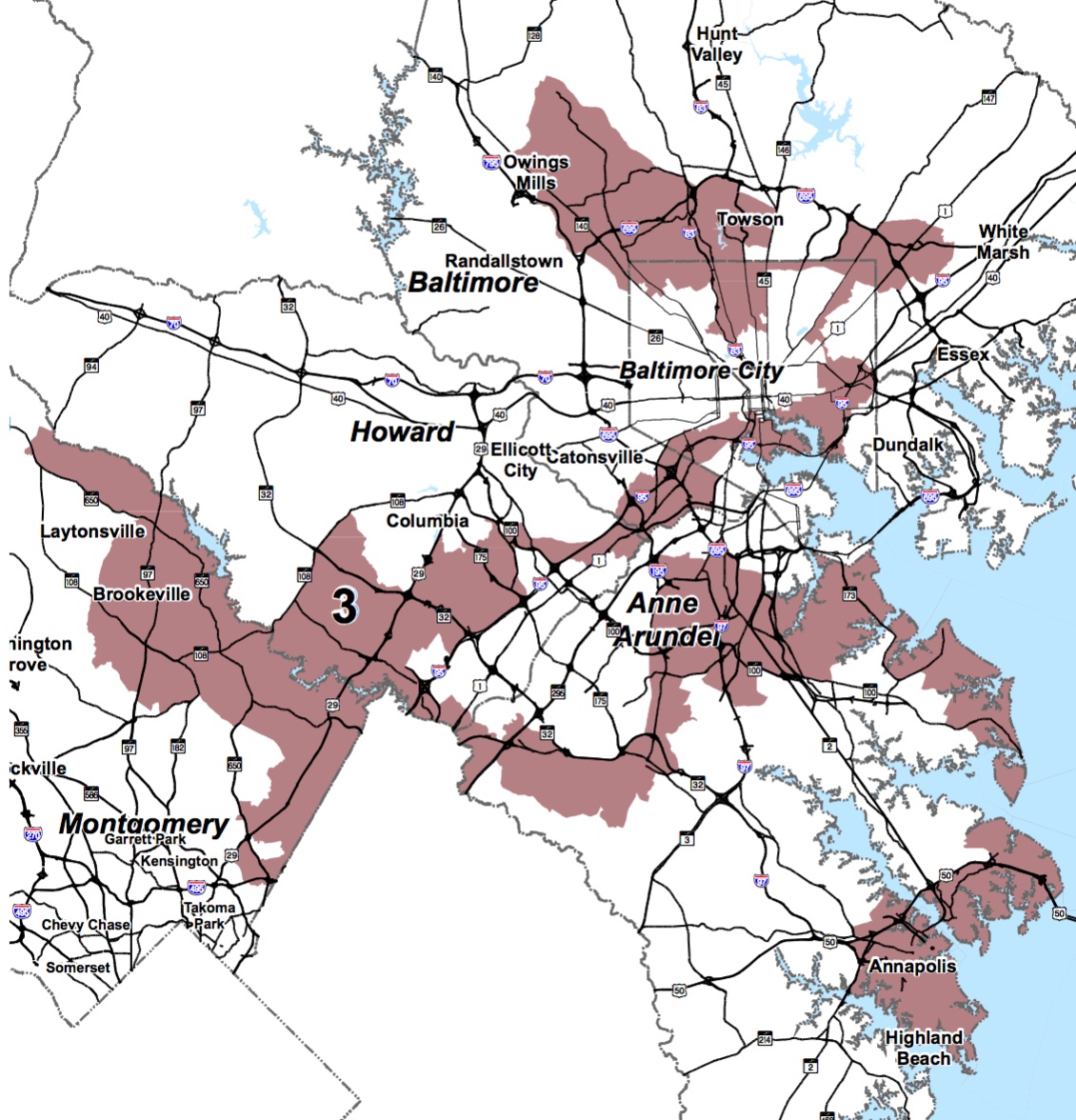The undisputed, unbeatable favorite for the MD-06 open seat in 2012 was State Senate Majority Leader Rob Garagiola. That sadly didn’t pan out. State Senator Doug Peters of Bowie holds a similar position of command in a MD-05 open seat situation if and when Steny Hoyer–who could also become the Democratic Leader one day–decides to retire. He represents a truly significant portion of the Fifth District. He is a veteran and very popular within the Annapolis establishment.
I believe, with (now) former Delegate Justin Ross’s departure to the Annapolis Lobbying Corps, that Senator Peters becomes the indomitable frontrunner. Moreover, Doug Peters could raise between $800,000 and $1.5 Million.
Delegate John Bohanon, should he choose to run, could be formidable and cut out Senator Peters’ base of Annapolis support from under him. A comer in the house, I hear Bohanon periodically mentioned for either Appropriations Committee Chair or even Speaker. He could consolidate support in Southern Maryland (Charles, St Mary’s and Calvert). Of course, he has to win reelection to the House first from a tough district.
He also tight with incumbent Steny Hoyer, which would be of obvious, substantial help. Bohanon might raise between $500,000 and $700,000 on his own. If Hoyer rallied his far flung empire of national donors around Bohanon: untold millions (this is a guy that raises close to seven million per cycle).
There will undoubtedly be an African-American candidate of great substance and merit in this race. I’m not sure yet who that would be. My money could be on dynamic twentysomething Delegate Alonzo T. Washington (who shares a district with Peters) or District 9 Prince George’s County Councilman Mel Franklin (who is rumored as a potential successor to County Executive Rushern Baker).
Predicting fundraising totals is difficult. Today, Alonzo might raise $250,000. Tomorrow (when this seat is much more likely to open than today): who knows? Mel Franklin could raise $250,000-$350,000 today. If he’s the next County Exec tomorrow, $1,300,000-$2,6000,000?
If either Mel or Alonzo could sell national K Street interests on the idea that their defeat is a demographic impossibility–and this district could easily elect an African-American candidate–they could raise seven figures.
The election would turn on how how various bases are sliced and diced. Furthermore, even though we only remember the elections where giants are slain and Goliaths toppled, it’s much more common for the front runner to crush his opponents effortlessly.
That being said I would rate this race: Lean Bohanon.
Corrections: Washington and Peters do not share the same district. Alonzo Washington is in 22 (Pinsky is the Senator) and Peters is in 23. Apologies, rookie mistakes on my part.




